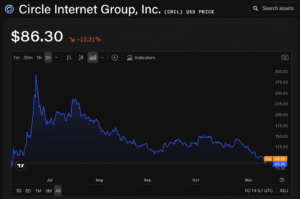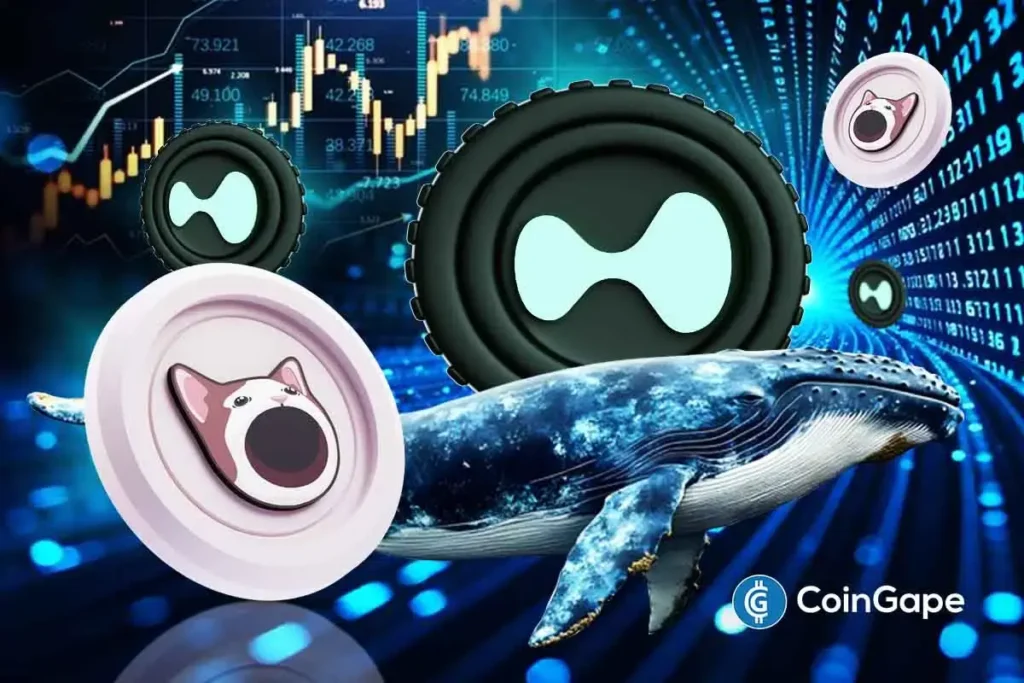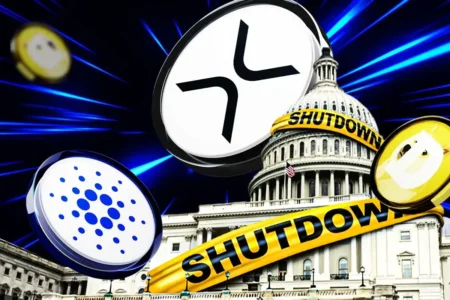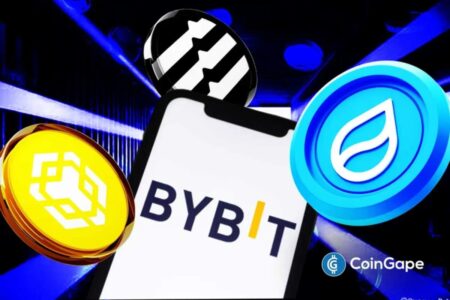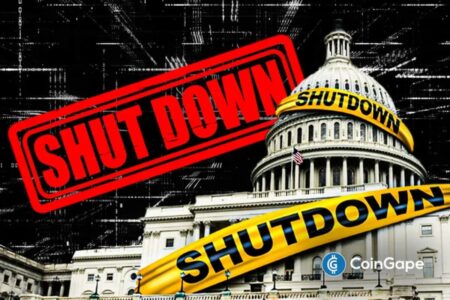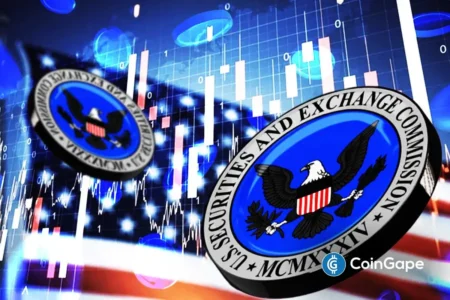Hyperliquid’s $4.9 Million Loss Due to POPCAT Whale Manipulation: What Happened?
In the ever-shifting landscape of cryptocurrency, unexpected events can lead to significant consequences for trading platforms. Recently, Hyperliquid, a decentralized exchange, faced a staggering loss of $4.9 million due to whale manipulation involving the POPCAT memecoin. This incident underscores the vulnerabilities present in liquidity pools and highlights the importance of safeguarding against manipulation tactics that can cause widespread market disruptions.
What Triggered Hyperliquid’s $4.9 Million Loss?
The chaos began when a whale withdrew approximately $3 million in USDC from the OKX exchange, as reported by Lookonchain. To obscure their trading activities and exposure, the whale dispersed these funds into 19 separate wallets. This tactic is common among traders attempting to mask their intentions and influence market dynamics subtly. The funds were then pumped back into Hyperliquid in one swoop, with the whale executing substantial long positions on the POPCAT token.
With buy orders set at $0.21 per token worth nearly $20 million, the market price of POPCAT was artificially inflated, creating an illusion of robust demand. As the whale’s positions swelled to $30 million, a considerable buy wall developed, supporting the market’s unnatural rise. However, the precarious nature of such inflated positions soon unraveled when the trader chose to remove the buy wall abruptly, plunging POPCAT’s price into a drastic decline.
The Consequences of Manipulation: Liquidation Across Wallets
The sudden withdrawal of support from the buy wall triggered liquidations across all 19 wallets involved in the manipulation. Under Hyperliquid’s automated market design, when users lose their positions, the Hyperliquidity Provider (HLP) is held accountable for absorbing the losses to maintain liquidity balance. Consequently, the platform absorbed nearly $4.9 million in losses—an amount that equates to three months of profits from its liquidity pool.
In the immediate aftermath, Hyperliquid took protective measures to mitigate further losses. The team swiftly closed the remaining losing positions and paused its Arbitrum bridge operations, which facilitates deposits and withdrawals between the Ethereum and Arbitrum networks. Despite the turmoil caused by the whale manipulation, Hyperliquid reassured its users by stating that the majority of platform operations remained unaffected and that normal services would resume following an internal review.
Impacts on HYPE Token Performance
Even amid the chaos, Hyperliquid’s native token, HYPE, saw a surprising recovery. Despite the platform’s setbacks, HYPE gained 0.65%, reaching $39.72 shortly after the incident. This resilience reflects the market’s confidence in the platform’s long-term strategy, which aims to enhance liquidity and improve governance mechanisms.
Furthermore, the aftermath of the whale manipulation led to a significant uptick in trading volume for POPCAT, which surged by over 500%. Data from Coinglass indicated that within just four hours of the price collapse, more than $63 million in long positions were liquidated, signaling the volatile nature of the market. Interestingly, while long positions were drastically affected, shorts recorded losses of around $1.6 million, evidencing the erratic behavior of investors amid the unfolding events.
Hyperliquid’s Road Ahead: Strategic Moves for Recovery
In light of the recent turmoil, Hyperliquid Strategies has filed with the U.S. SEC to raise up to $1 billion through a new equity offering. These funds would be allocated to acquire HYPE tokens aimed at enhancing liquidity and governance capabilities on the platform. This strategic move illustrates Hyperliquid’s commitment to not only recovering from the recent incident but also placing itself in a stronger position within the competitive DeFi landscape.
Acquiring additional tokens could potentially bolster user confidence, demonstrating that the team is actively working to fortify its operations and enhance community engagement. As liquidity remains vital for the stability of decentralized platforms, Hyperliquid’s proactive actions could play a crucial role in its recovery and future growth.
Conclusion: Lessons from the Hyperliquid Incident
The $4.9 million loss faced by Hyperliquid serves as a stark reminder of the potential risks associated with cryptocurrency trading, particularly regarding whale manipulation. With the rapid movement of funds and dramatic price swings, the incident underscores the importance of implementing robust measures to protect liquidity pools and investor interests.
As the crypto market continues to evolve, platforms like Hyperliquid must develop strategies that safeguard against manipulation tactics while fostering a secure trading environment. This incident may serve not just as a learning experience for Hyperliquid but for the entire cryptocurrency community, highlighting the need for diligence and transparency in an increasingly complex market. Ultimately, it is the resilience and strategic foresight of crypto platforms that will determine their success amidst such unpredictable challenges.

